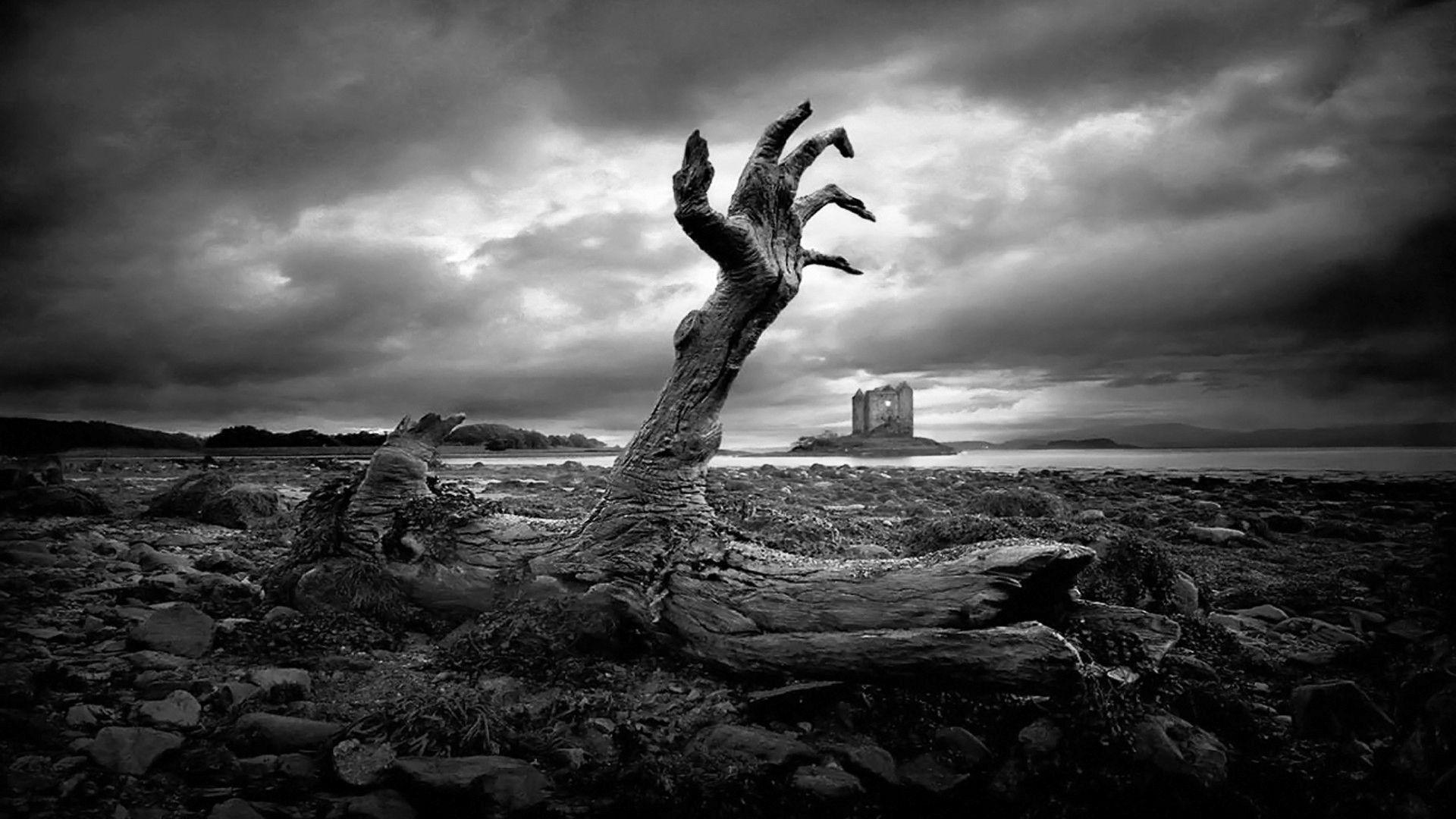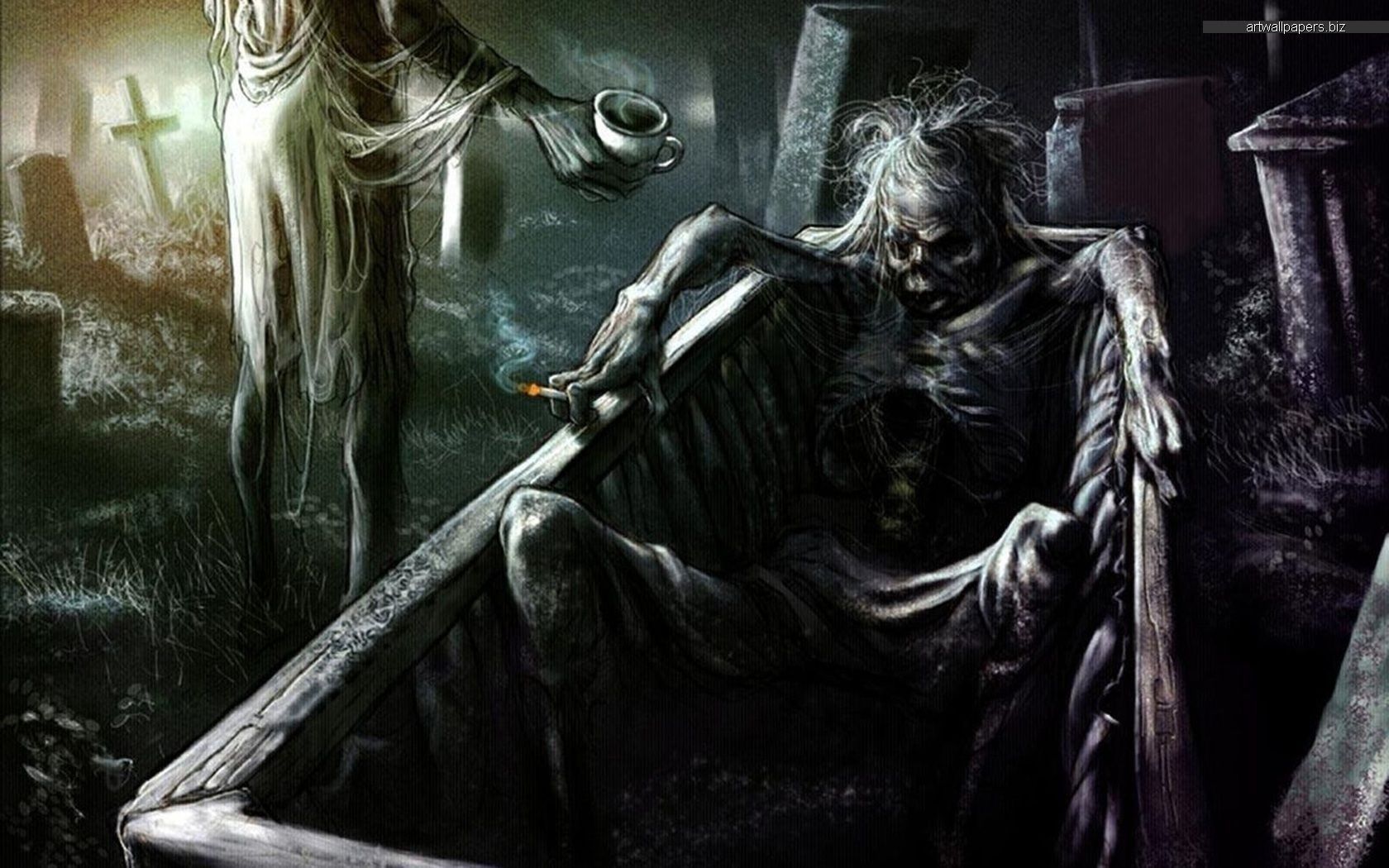Exploring The Haunting World Of Horror Images: A Deep Dive
Horror images have captivated audiences for decades, evoking a blend of fear, intrigue, and fascination. These visuals, ranging from classic horror movie stills to modern digital art, play a significant role in shaping our perception of fear and the macabre. In this article, we will delve into the various aspects of horror images, examining their history, cultural significance, and psychological impact. We will also provide insights into how these images influence art, media, and even personal experiences of fear.
Throughout this exploration, we will highlight the importance of horror images in visual storytelling and how they effectively communicate themes of dread and terror. By understanding the elements that make these images powerful, we can better appreciate their role in entertainment and art. Whether you're a horror aficionado or a casual observer, this in-depth analysis will provide valuable insights into the haunting world of horror imagery.
Join us as we uncover the layers behind horror images, exploring their evolution, techniques used by artists and filmmakers, and the psychological responses they evoke in audiences. Prepare to be both terrified and enthralled as we journey through this chilling yet captivating subject.
Table of Contents
- The History of Horror Images
- Cultural Significance of Horror Imagery
- Psychological Impact of Horror Images
- Techniques in Creating Horror Images
- Horror in Art and Media
- The Rise of Digital Horror Images
- Horror Images in Personal Experiences
- Conclusion
The History of Horror Images
The evolution of horror images can be traced back to ancient civilizations, where depictions of monsters and supernatural beings were prevalent in art and folklore. Over the centuries, these representations have transformed, influenced by cultural shifts and technological advancements. Here’s a brief overview of the historical progression of horror imagery:
- Ancient Art: Early cave paintings often depicted hunts and battles, with some images showcasing mythical creatures.
- Gothic Art: The Middle Ages saw the rise of gothic art, which featured grotesque figures and themes of death and the supernatural.
- 19th Century: The advent of photography allowed for the documentation of horror-themed events and the emergence of horror literature inspired art.
- 20th Century: The film industry introduced horror cinema, creating iconic horror images that remain influential today.
Cultural Significance of Horror Imagery
Horror images play a crucial role in various cultures, often reflecting societal fears and anxieties. They serve as a mirror to collective concerns, allowing us to confront our fears in a controlled environment. Some key points regarding the cultural significance of horror imagery include:
- Horror images can symbolize societal taboos and fears, providing commentary on issues such as death, violence, and existential dread.
- They foster a sense of community among fans, creating shared experiences through horror films, art, and literature.
- Horror images often draw from folklore and mythology, connecting contemporary audiences with historical narratives and cultural traditions.
Psychological Impact of Horror Images
The psychological effects of horror images can vary significantly among individuals. While some may experience fear and anxiety, others find enjoyment in the thrill. Here are some fascinating insights into the psychology behind horror imagery:
- Exposure to horror images can trigger the brain's fight-or-flight response, leading to an adrenaline rush.
- For some, experiencing fear through horror images can provide a safe way to confront real-life fears and anxieties.
- Studies have shown that horror films and images can foster resilience, helping viewers develop coping mechanisms for fear.
Techniques in Creating Horror Images
Artists and filmmakers employ various techniques to create impactful horror images that resonate with audiences. Understanding these techniques can deepen our appreciation of horror as an art form. Key techniques include:
1. Lighting and Shadows
Effective use of lighting can create a sense of foreboding and tension in horror imagery. High contrast between light and shadow often enhances the eerie atmosphere.
2. Composition
Strategic framing and composition can evoke emotions and guide the viewer's eye. Unbalanced compositions may create discomfort, while symmetrical arrangements can instill a sense of calm before chaos ensues.
3. Color Palette
The choice of colors greatly influences the tone of horror images. Dark colors like black, red, and deep blues often convey dread, while stark white can symbolize purity disrupted by horror.
4. Symbolism
Many horror images utilize symbolism to evoke deeper meanings. Objects, characters, and settings can represent fears, societal issues, or psychological states, enhancing the narrative depth.
Horror in Art and Media
The influence of horror imagery extends beyond film into various forms of art and media. Artists throughout history have explored horror themes, from classic painters to contemporary digital artists. Here are a few notable examples:
- Frankenstein's Monster: The image of Frankenstein's creature has become an iconic representation of horror in literature and film.
- Edvard Munch: His painting "The Scream" exemplifies the existential horror of the human condition.
- Contemporary Horror Art: Modern artists often blend traditional techniques with digital tools to create unnerving horror imagery.
The Rise of Digital Horror Images
With the advancement of technology, digital horror images have emerged as a prominent form of expression in the horror genre. The rise of social media and digital art platforms has made it easier for artists to share their work widely. Key points regarding digital horror images include:
- Digital art allows for greater experimentation with horror themes and techniques, leading to innovative representations of fear.
- Online platforms enable artists to reach global audiences, fostering a vibrant community of horror enthusiasts.
- The accessibility of digital tools has democratized horror imagery, allowing more creators to contribute to the genre.
Horror Images in Personal Experiences
For many, horror images are not just a form of entertainment; they can also be tied to personal experiences and memories. Here are some ways horror imagery influences individual experiences:
- Horror films and images can serve as bonding experiences among friends, creating lasting memories.
- Some individuals may find solace in horror imagery, using it as a coping mechanism to confront their fears or anxieties.
- Personal interpretations of horror images can vary widely, with each viewer bringing their unique perspective influenced by past experiences.
Conclusion
In conclusion, horror images hold a significant place in our culture, art, and psyche. From their historical roots to their modern digital expressions, these images continue to evoke powerful emotions and provoke thought. We have seen how they reflect societal fears, impact our psychology, and utilize various artistic techniques to create lasting impressions.
As we conclude this exploration of horror imagery, we encourage you to share your thoughts and experiences with horror images in the comments below. What are some of your favorite horror images or films? How do they resonate with you? We also invite you to share this article with fellow horror enthusiasts and explore more on our site.
Thank you for joining us on this chilling journey through the world of horror images. We hope to see you back for more intriguing explorations in the future!
Joseph Behar: A Comprehensive Biography Of A Visionary Entrepreneur
Raid 2: The Ultimate Guide To The Indonesian Action Thriller
Comprehensive News Review: Understanding Current Events And Their Impact


